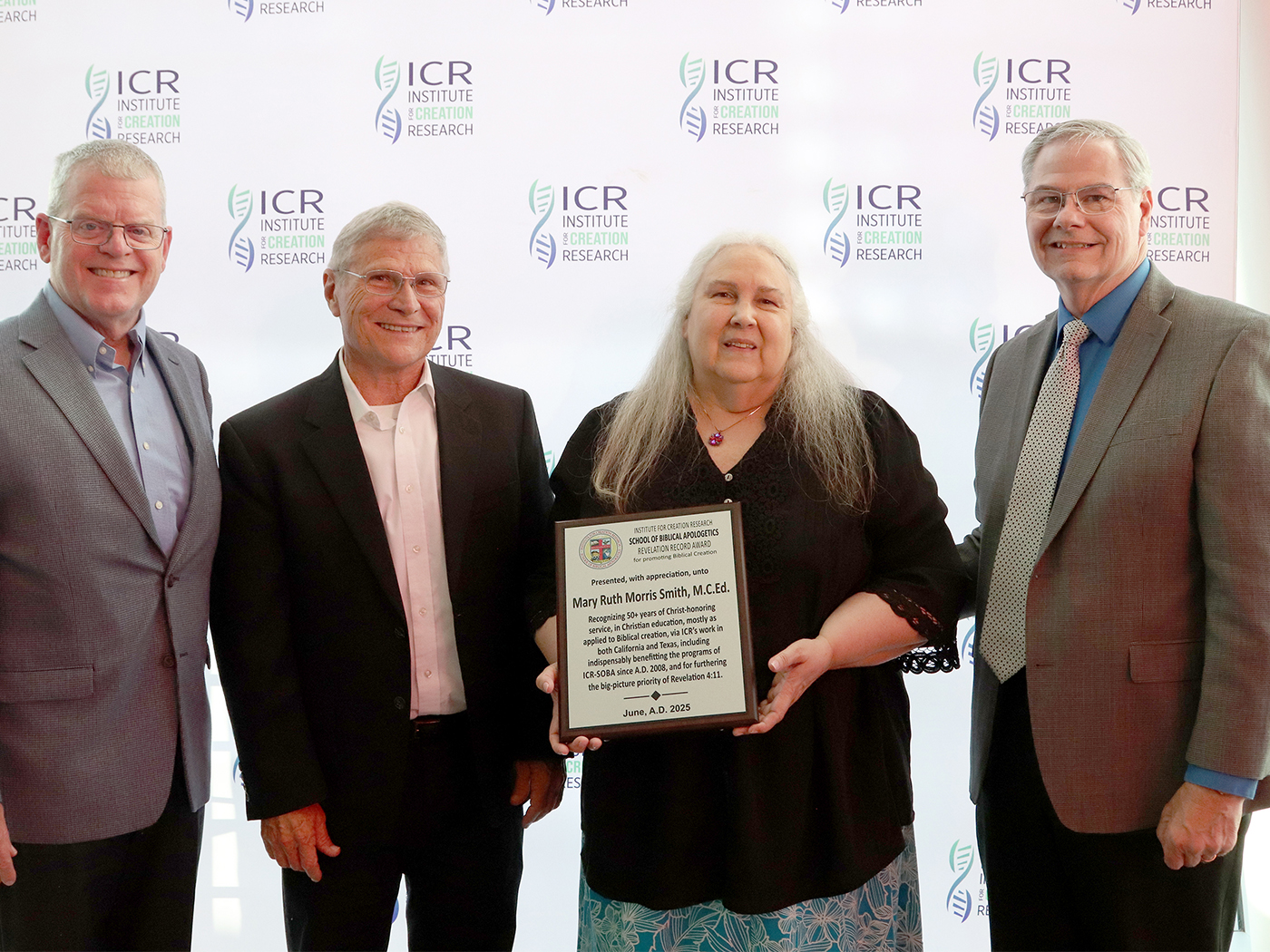When genes in the cell are turned on, the result is the production of gene copies called messenger RNAs, or mRNAs. The mRNAs are then used as templates to make proteins, the key molecules that enable the cell to function. But what happens to the excess mRNAs when they are no longer needed or the RNAs that have errors in them? They certainly can't remain active in the cell or serious problems would ensue.
A good analogy for the cell's solution to this problem is the example of a common office and household machine. When we have sensitive documents around that are no longer needed, we use a handy specialized machine called a 'paper shredder' to effectively eliminate the documents and the information they contain so it doesn't fall into the wrong hands. In the cell, a similar, but a far more complex machine has recently been characterized and described in a new publication in the journal Nature.1
When mRNAs are no longer needed in the cell, complex molecular machines called exosomes are recruited to "shred" them into basic molecules that can then be recycled. The process is considerably more complex than the example of a human sliding a piece of paper into an office shredder. When mRNAs or other types of RNAs are no longer needed in the cell, they are targeted and tagged with other specialized RNAs. When they are first formed, RNA molecules are single-stranded, but when they get tagged for destruction, they become double-stranded. It is these double-stranded RNAs that are recognized by the exosome. Amazingly, the exosome is multi-purpose in function: it not only shreds the unwanted RNAs, it also processes other RNAs—ones that still need to be utilized in the cell—by performing precision trimming operations.
The exosome itself, is a large complex of specifically arranged protein subunits that have been pieced together by other complicated cell machinery to make a complex, multi-function precision machine. While scientists understood the various proteins involved in the construction of the exosome, they did not fully understand how it worked. Using advanced microscopy techniques, researchers have obtained an atomic-level resolution picture of the exosome caught in the act of processing an RNA molecule.
In an interview, the lead author of the study stated, "It is quite an elaborate machine: the exosome complex forms a hollow barrel formed by nine different proteins through which RNA molecules are threaded to reach a tenth protein, the catalytic subunit, that then shreds the RNA into pieces."2 Not only is the exosome very elaborate in its structure, but it exhibits a common bio-engineering theme called irreducible complexity—meaning that all the parts are required all at once for it to function. The lead author of the study highlights this feature by stating, "Cells lacking any of the ten proteins do not survive and this shows that not only the catalytic subunit but also the entire barrel is critical for the function of the exosome."2
Much is yet to be learned about this amazing cell machine such as how the exosome is selectively targeted by the RNAs tagged for degradation, and how it functions and is regulated in different compartments within the cell.
In addition to refuting random evolutionary processes for its existence, the complex exosome molecular machine shows every sign of carefully crafted system engineering.
References
- Makino, D. L. et al. 2013. Crystal structure of an RNA-bound 11-subunit eukaryotic exosome complex. Nature. 495 (7439): 70-75.
- Max Planck Institute of Biochemistry. 2013. Researchers unravel the structure of the machinery for RNA disposal. ScienceDaily. Posted on www.sciencedaily.com March 7, 2012, accessed March 12, 2013.
*Dr. Tomkins is Research Associate at the Institute for Creation Research and received his Ph.D. in Genetics from Clemson University.
Article posted on March 25, 2013.












